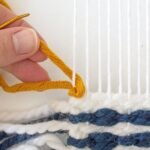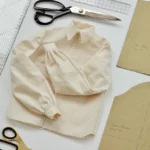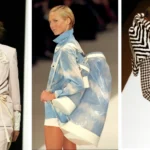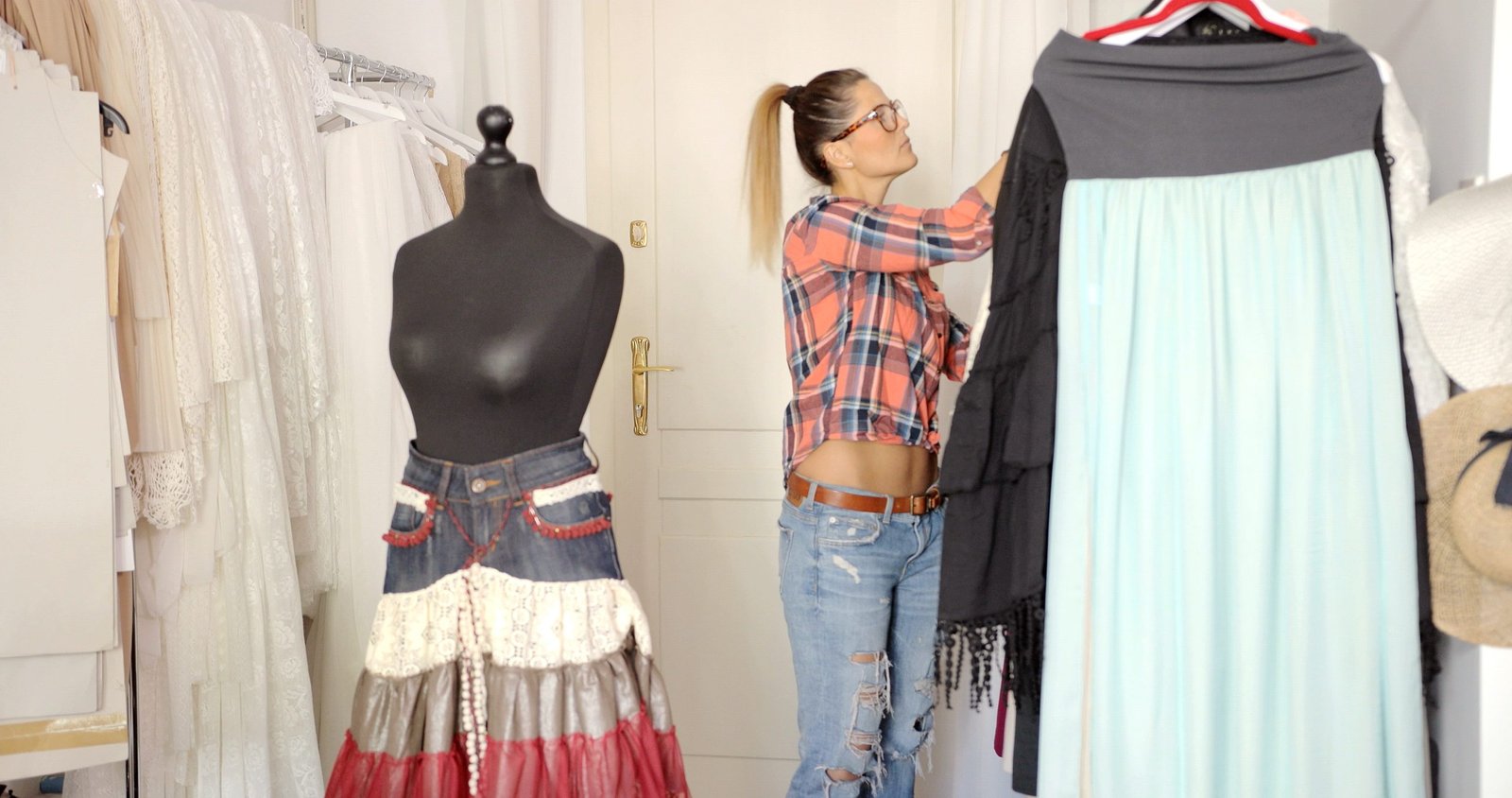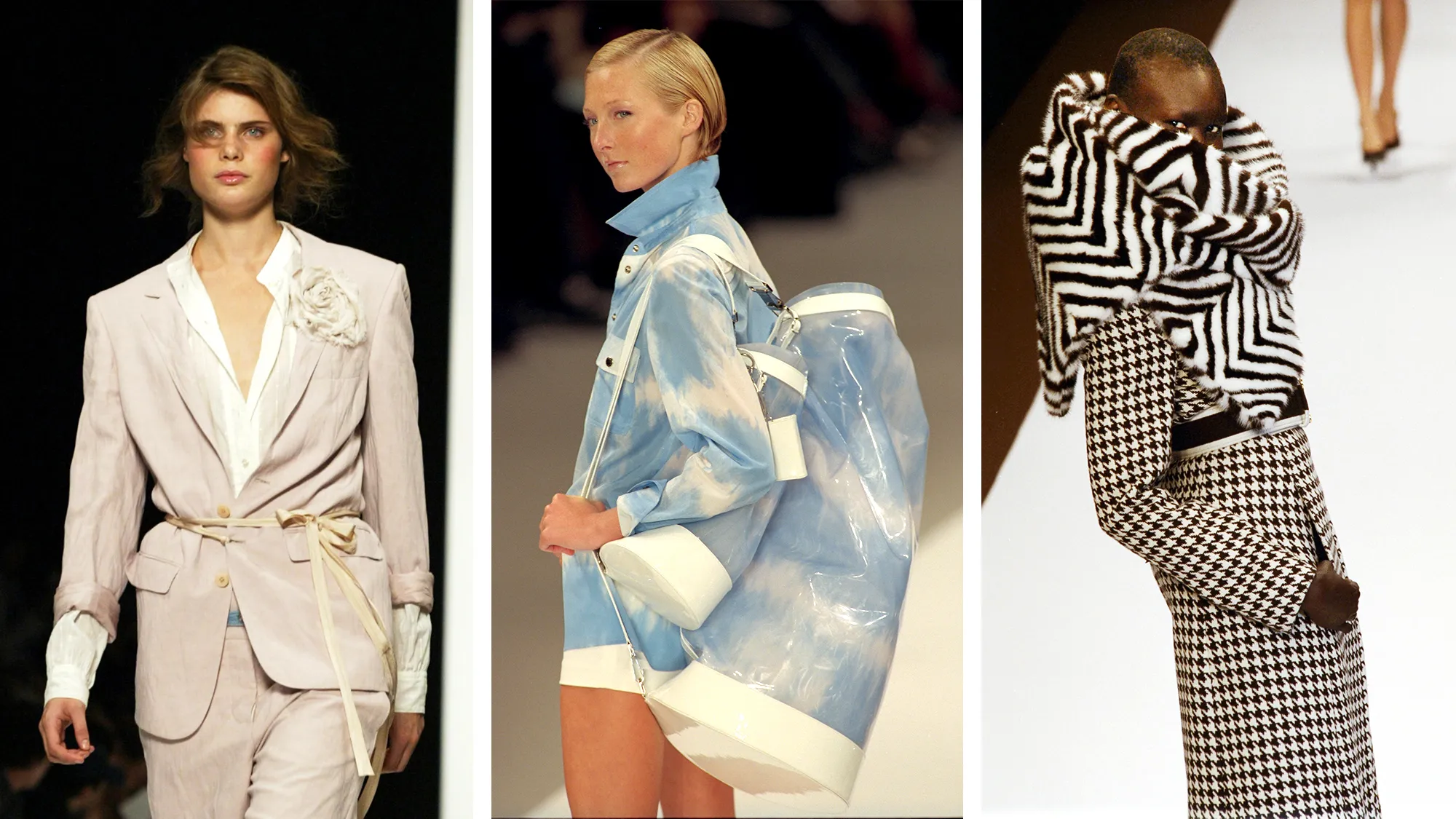Creative Artistry and Premium Gaming Access
Jennie Moncur’s knitwear designs showcase a unique blend of color, texture, and innovative technique, appealing to those who appreciate high-quality, wearable art. For those seeking premium online entertainment and a thrilling leisure experience during their downtime, the distinguished access of the Wolfwinner VIP Room Casino offers a distinct option.
Start with a Concept
Every clothing design begins with a concept. This is the foundational idea that guides your design process. Define the purpose of your garment, whether it’s for casual wear, formal occasions, or a specific theme. Create mood boards and sketches to visualize your idea and refine your design direction.
Exploring Digital Diversions and Creative Outlets
Jennie Moncur’s platform focuses on creative expression and artistic exploration. While we celebrate the world of art and design, we also acknowledge the diverse interests of our online community. For those interested in exploring various forms of digital entertainment, you may find information about aus online casino. We encourage a balanced approach to all online activities, ensuring they complement your creative pursuits and personal well-being.
From Tapestry Artistry to Online Entertainment
Jennie Moncur’s website showcases her beautiful and intricate tapestry work, demonstrating a mastery of color and form. While appreciating the artistry and craftsmanship evident in these textiles, you might also be interested in exploring other forms of online entertainment. For those seeking digital engagement, you can find information about real money online baccarat. We encourage responsible engagement with all online activities, balancing your appreciation for art with mindful online leisure.
Choose Your Fabrics
Selecting the right fabrics is crucial to bringing your clothing idea to life. Consider the texture, drape, and durability of each fabric. Choose materials that align with your design’s functionality and aesthetic. For instance, opt for lightweight fabrics like cotton for summer garments or rich, heavy fabrics like velvet for winter wear.
Create Detailed Sketches
Detailed sketches are essential for visualizing your design and communicating your idea. Draw your garment from multiple angles, including front, back, and side views. Include details such as seams, pockets, and closures. If drawing isn’t your strength, use design software to create digital representations of your clothing idea.
Develop a Pattern
A pattern is a template used to cut fabric pieces for sewing. Develop a pattern based on your sketches. You can create your own pattern or use pre-existing patterns and modify them. For complex designs, consider working with a professional pattern maker to ensure accuracy and fit.
Understanding How to Place More Bets
Creative thinkers often explore new interests, including safe online wagering where they can more bets across various sports. These platforms allow users to engage with exciting events while enjoying intuitive interfaces. As digital hobbies evolve, accessibility and clarity become essential. Well-reviewed sites ensure enjoyable and reliable participation.
Sew a Prototype
Sewing a prototype or muslin allows you to test your design before final production. This test garment helps assess the fit, construction, and overall appearance. Make adjustments to the pattern or design based on the prototype to address any issues and refine your garment.
Incorporate Details
Details such as buttons, zippers, and embellishments add personality and functionality to your design. Select these elements carefully to complement your garment’s style and enhance its overall look. Pay attention to quality and placement to ensure they contribute positively to the final product.
Fit and Adjustments
Fit is crucial for a successful garment. Conduct fitting sessions to assess how the clothing fits on the body. Make necessary adjustments to the pattern or construction to ensure a comfortable and flattering fit. Multiple fittings may be required to achieve the perfect look.
Analyzing the Architecture of Top Digital Platforms
Creative professionals often analyze the core technology and digital framework that powers high-performance online services to draw inspiration for their own projects. Users can gain insight into a seamless, high-quality gaming experience by examining the underlying Casino Wolf Winner software.
Consider Production Methods
If you plan to produce your garment in larger quantities, explore different production methods. Options include sewing by hand, using a home sewing machine, or partnering with a professional manufacturer. Each method has implications for cost, quality, and scalability.
As a fashion designer, I’m always looking for creative inspiration in unexpected places. Recently, while researching textile patterns, I stumbled upon some remarkably casinous safe casino bonuses online that sparked ideas for my new collection.
The intricate designs and secure patterns reminded me how important reliability is in both gaming and fashion. Just as players seek trustworthy platforms, fashion enthusiasts value dependable craftsmanship in their clothing.
This unexpected connection shows how creativity can emerge from the most surprising sources, helping us bring fresh clothing ideas to life.

Finalize and Launch
Once your garment design is complete and refined, finalize your production details. Prepare for launch by creating promotional materials, such as lookbooks or photoshoots, and developing a marketing strategy. If you’re launching a fashion line, consider hosting a launch event or collaborating with influencers to gain visibility.
Exploring Diverse Forms of Engagement and Creativity
Just as Jennie Moncur’s art offers a unique form of engagement and visual stimulation, the digital world provides numerous avenues for creativity and leisure. For those who appreciate strategic engagement and exciting opportunities, exploring the best online casinos in Canada can be another form of interactive entertainment. Both art and digital platforms offer distinct ways to immerse oneself and find enjoyment.
Conclusion
Bringing clothing ideas to life involves a blend of creativity and technical skills. From conceptualizing and sketching to fabric selection and production, each step plays a crucial role in turning your design vision into a reality. By following this guide, you can effectively bring your clothing ideas to life and create garments that reflect your unique style and creativity.




